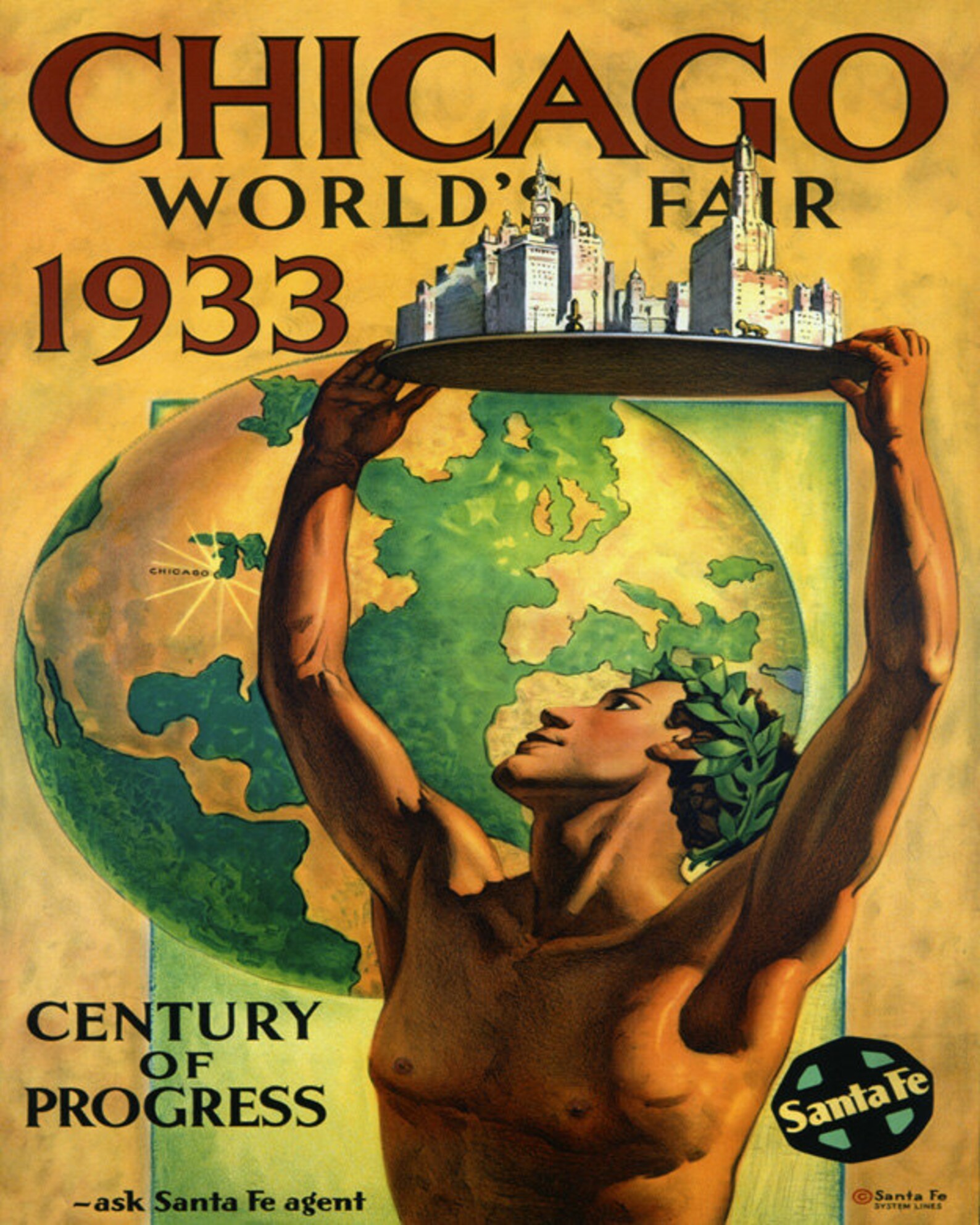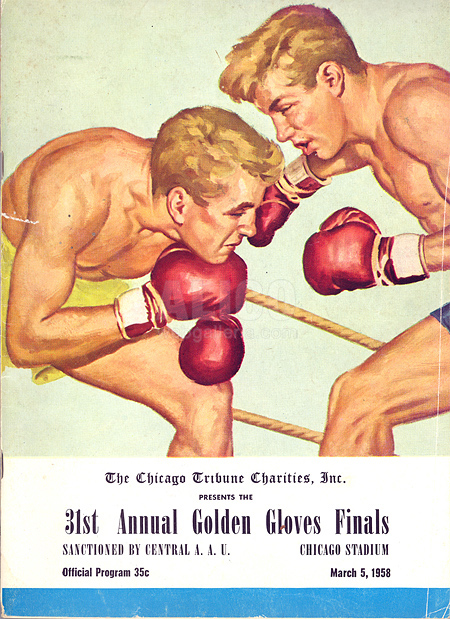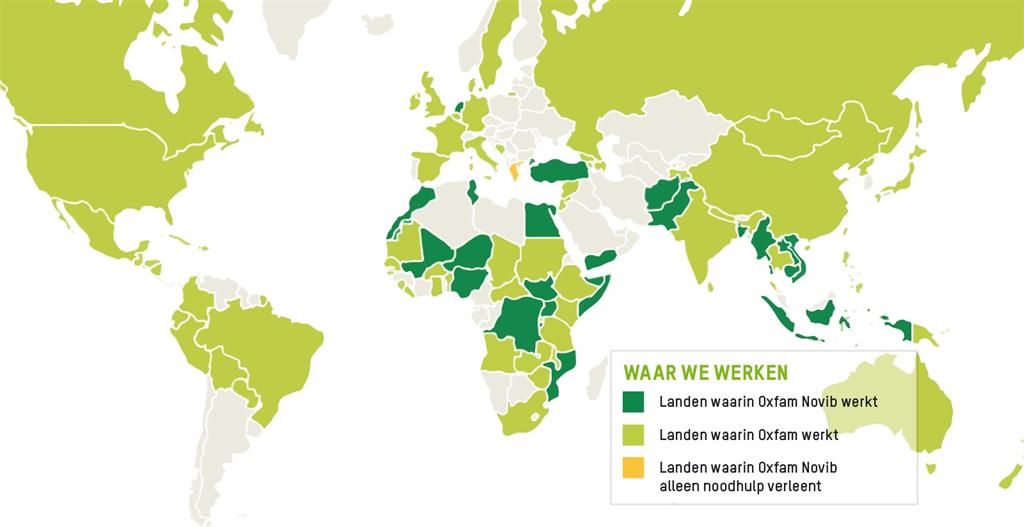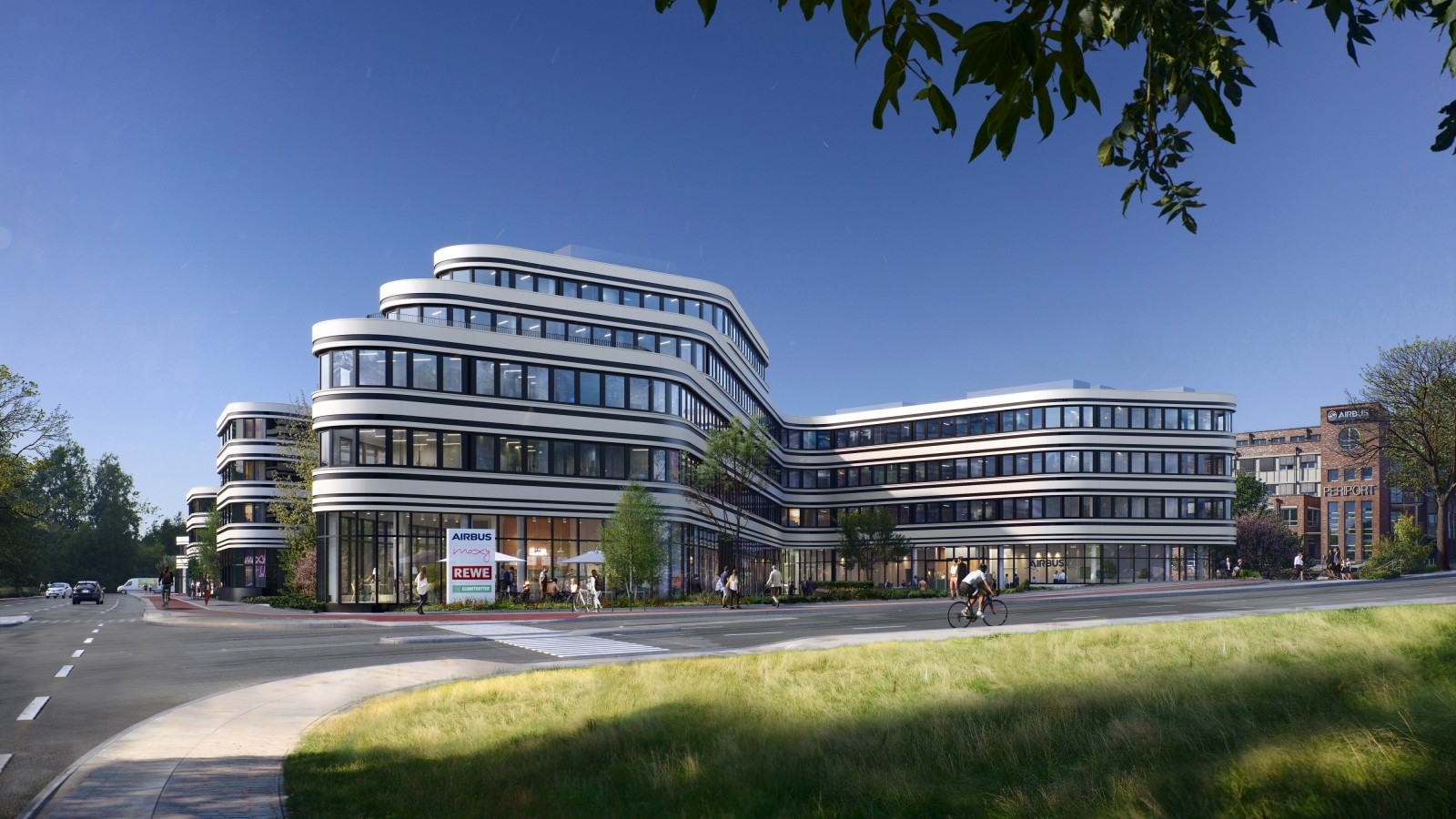A Century Of Progress: Exploring Chicago's 1933 World's Fair

Table of Contents
The Fair's Theme and Context: A Nation's Hope Amidst the Depression
The 1930s were a time of profound economic hardship for the United States. The Great Depression cast a long shadow, impacting every facet of American life. Against this backdrop, the Chicago World's Fair, officially titled "A Century of Progress International Exposition," emerged as a beacon of hope and a testament to human resilience. The fair aimed to boost national morale and showcase advancements in science and technology, offering a much-needed glimpse of optimism for the future.
- The "Century of Progress" theme and its symbolism: The theme itself was carefully chosen to represent the remarkable progress achieved in the previous 100 years and to project a vision of continued advancement into the future. It served as a powerful counterpoint to the despair of the Depression era.
- The impact of the Great Depression on the fair's planning and execution: Securing funding for such a massive undertaking during the Depression was a significant challenge. The organizers had to rely heavily on private investment and public-private partnerships to bring their vision to life. Construction was also impacted by resource limitations.
- The fair's role in promoting optimism and technological advancement: The fair was designed to inspire confidence and showcase the power of innovation to overcome adversity. This was reflected in the exhibits, which demonstrated remarkable progress in various scientific and technological fields.
- Early planning and securing funding for the event: The meticulous planning and fundraising efforts that preceded the opening of the fair underscore the dedication and belief in its potential to uplift the nation's spirits.
Architectural Wonders and Innovative Designs of the Chicago World's Fair 1933
The architecture of the 1933 Chicago World's Fair stands as a remarkable example of Art Deco and Modernist styles. These sleek, streamlined designs, characterized by geometric forms and a focus on functionality, captured the spirit of the era's technological advancements. The fairgrounds were a showcase of cutting-edge construction techniques and materials.
- The influence of architects like Paul Philippe Cret: Renowned architects like Paul Philippe Cret played a key role in shaping the aesthetic of the fair, creating iconic structures that remain visually stunning even today.
- Description of key structures (e.g., the Hall of Science, the Sky Ride): The Hall of Science, with its impressive scale and modern design, exemplified the fair's focus on scientific progress. The Sky Ride, offering breathtaking panoramic views of the fairgrounds, was a technological marvel of its time.
- The use of new materials and construction techniques: The fair showcased innovative uses of steel, concrete, and other materials, reflecting the era's advancements in construction technology.
- Photographs or illustrations of significant buildings: (Insert relevant images here) Visual representations of the fair's architecture help convey its grandeur and innovative design.
- The lasting architectural impact of the fair’s design: The architectural legacy of the 1933 World's Fair is still visible in Chicago’s cityscape and influenced subsequent architectural trends.
Technological Marvels and Scientific Advancements Showcased at the 1933 Chicago World's Fair
The 1933 Chicago World's Fair served as a platform to showcase remarkable technological and scientific advancements. Visitors were amazed by displays that foreshadowed many of the technologies we rely on today.
- Early examples of television and radio broadcasting: The fair featured early demonstrations of television and radio broadcasting, offering glimpses into the future of communication technologies.
- Displays of advancements in automobiles and aviation: The advancements in automotive and aviation technology were proudly displayed, highlighting the rapid progress in transportation.
- Presentations on scientific breakthroughs in medicine and physics: The fair also featured exhibits showcasing breakthroughs in medicine and physics, reflecting the era's rapid scientific progress.
- The influence of the fair on future technological development: The fair stimulated interest in technological innovation and helped pave the way for many future developments.
- The role of General Electric and other corporations in the fair's technological showcases: Major corporations like General Electric played a crucial role in showcasing their technological achievements at the fair, contributing significantly to its impact.
The Cultural Impact and Lasting Legacy of the 1933 World's Fair in Chicago
Beyond its technological and architectural achievements, the 1933 Chicago World's Fair had a profound cultural impact, shaping the city's identity and leaving a lasting legacy on American society.
- The role of the fair in shaping the city's identity and landscape: The fair dramatically reshaped the city's landscape and contributed significantly to its image as a modern, forward-thinking metropolis.
- The fair's influence on popular culture and entertainment: The fair's popular culture influence extended beyond the event itself, impacting entertainment and artistic expression.
- The lasting economic impact of the event on Chicago: The economic stimulation resulting from the fair extended beyond its duration and had a positive impact on Chicago's development.
- The preservation and remembrance of the Chicago World's Fair legacy: Efforts to preserve and commemorate the fair's legacy continue to ensure that its significance is not forgotten.
- The creation of the Museum of Science and Industry as a lasting legacy: The Museum of Science and Industry, a direct outcome of the fair, stands as a lasting testament to the event's impact on science education and public engagement.
Conclusion
Chicago's 1933 World's Fair was more than just an exhibition; it was a symbol of hope, innovation, and a nation's determination to overcome adversity. From its stunning architecture to its groundbreaking technological displays, the fair left an indelible mark on American history and culture. Its legacy continues to inspire and amaze.
Call to Action: Learn more about the captivating history and enduring impact of Chicago's 1933 World's Fair. Explore further resources, visit historical archives, and delve into the rich details of this remarkable event to fully appreciate its "Century of Progress." Plan a visit to Chicago to see the lasting imprints of this incredible World's Fair!

Featured Posts
-
 Understanding The Dangers Of Climate Whiplash In Urban Environments
May 28, 2025
Understanding The Dangers Of Climate Whiplash In Urban Environments
May 28, 2025 -
 Today In Chicago History Cassius Clays Golden Gloves Triumph
May 28, 2025
Today In Chicago History Cassius Clays Golden Gloves Triumph
May 28, 2025 -
 Dangerous Climate Whiplash Global Cities Face Growing Impacts Report Reveals
May 28, 2025
Dangerous Climate Whiplash Global Cities Face Growing Impacts Report Reveals
May 28, 2025 -
 Manchester City Transfer Update De Bruynes Contract Situation And Club Statement
May 28, 2025
Manchester City Transfer Update De Bruynes Contract Situation And Club Statement
May 28, 2025 -
 Las Vegas To Host American Music Awards With Jennifer Lopez
May 28, 2025
Las Vegas To Host American Music Awards With Jennifer Lopez
May 28, 2025
Latest Posts
-
 Fnv Slaat Alarm Chauffeurs Uitgebuit Op Venlose Parkeerplaats
May 29, 2025
Fnv Slaat Alarm Chauffeurs Uitgebuit Op Venlose Parkeerplaats
May 29, 2025 -
 Oxfam Novib De Plicht Van Steden Met Een Oorlogsverleden
May 29, 2025
Oxfam Novib De Plicht Van Steden Met Een Oorlogsverleden
May 29, 2025 -
 Oxfam Novib Een Stad Met Oorlogsgeschiedenis Moet Zich Uitspreken
May 29, 2025
Oxfam Novib Een Stad Met Oorlogsgeschiedenis Moet Zich Uitspreken
May 29, 2025 -
 Aktuelle Informationen Zu Bauarbeiten Und Verkehrsbehinderungen In Pulheim
May 29, 2025
Aktuelle Informationen Zu Bauarbeiten Und Verkehrsbehinderungen In Pulheim
May 29, 2025 -
 Pulheim Grossbaustellen Und Verkehrsbehinderungen
May 29, 2025
Pulheim Grossbaustellen Und Verkehrsbehinderungen
May 29, 2025
